- PRECIOUS GEMSTONE
-
GEMSTONES
- SEMI-PRECIOUS GEMSTONES
- BIRTH STONES
- RUDRAKSHA

Why Are Emerald Gemstone Carvings Considered a Timeless Art?
Introduction
Emeralds, with their rich, verdant hue and captivating allure, have enchanted for millennia. Beyond their role as prized gems in fine jewelry, emeralds have also been intricately carved into stunning artworks. Emerald gemstone carvings represent a blend of nature's beauty and human craftsmanship, resulting in pieces that are as meaningful as they are mesmerizing.
A Glimpse into History
The history of emerald carvings dates back thousands of years. Ancient cultures, including the Egyptians, Incas, and Indians, held emeralds in high regard. Cleopatra, the famed Egyptian queen, was known for her passion for emeralds, often adorning herself with the green gems and gifting them to foreign dignitaries as a sign of her wealth and power. In South America, the Incas and Muisca people of Colombia revered emeralds, considering them sacred stones.
The Art of Carving
Emeralds, formed over millions of years under intense heat and pressure, are composed of the mineral beryl and trace amounts of chromium, which gives them their distinctive green color. The process of carving emeralds requires immense skill and precision. Master carvers use delicate tools to create intricate designs without compromising the stone's integrity.
The art of carving emeralds involves several steps:
Selection of the Stone: The quality of the emerald is crucial. Carvers select stones with fewer inclusions and a rich, vibrant color.
Design Planning: Before carving, a detailed plan is laid out. This involves deciding on the motif and the style of the carving, which could range from floral patterns to animal figures or abstract designs.
Carving: Using specialized tools, artisans meticulously carve the stone. This process demands a steady hand and an eye for detail, as emeralds can be brittle.
Polishing: After carving, the emerald is polished to enhance its natural luster and bring out the details of the carving.
Symbolism and Significance
Emeralds have long been associated with various symbolic meanings. They are often linked to rebirth, renewal, and growth, echoing their lush green color. In many cultures, emeralds are also believed to bring good fortune, enhance intuition, and promote emotional balance.
Emerald carvings, in particular, carry additional layers of meaning. Floral carvings might symbolize beauty and nature, while animal figures could represent power, wisdom, or protection. Each carving tells a unique story, making these pieces not just decorative items but also personal talismans.
Modern Trends and Applications
Today, emerald carvings continue to captivate collectors and art enthusiasts. Modern carvers draw inspiration from both traditional motifs and contemporary designs, creating pieces that appeal to a wide audience. Emerald carvings are often used in high-end jewelry, standalone sculptures, and decorative objects, adding a touch of elegance and history to any collection.
Conclusion
Emerald gemstone carvings are a testament to the enduring allure of this magnificent gem and the skill of the artisans who transform rough stones into exquisite works of art. Whether steeped in historical significance or crafted with modern aesthetics, these carvings continue to enchant and inspire, making them timeless treasures for generations to come.
My Account
Contact Info
- Address: 28, 7th Street, Tatabad, Coimbatore, Tamil Nadu - 641012, India.
- Phone: +91 7264 999 000
- Email: eloragems@gmail.com
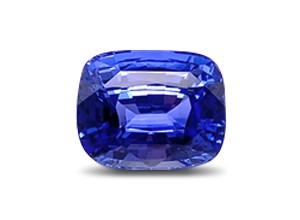 Blue Sapphire (Neelam)
Blue Sapphire (Neelam) 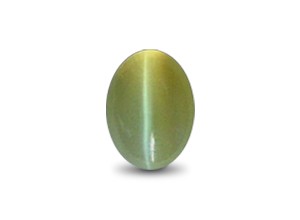 Cats Eye (Vaiduryam)
Cats Eye (Vaiduryam) 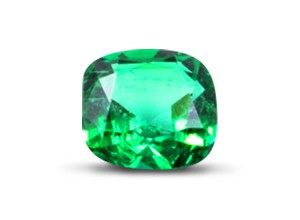 Emerald (Maragadham)
Emerald (Maragadham) 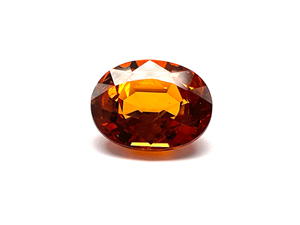 Hessonite (Gomed)
Hessonite (Gomed) 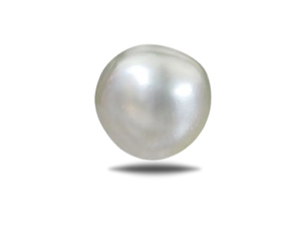 Pearl (Muthu)
Pearl (Muthu)  Red Coral (Pavalam)
Red Coral (Pavalam)  Ruby (Manik)
Ruby (Manik)  Yellow Sapphire (Pushparag)
Yellow Sapphire (Pushparag) 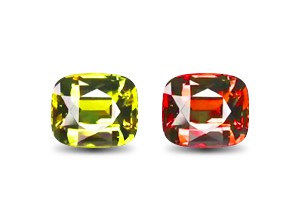 Alexandrite
Alexandrite 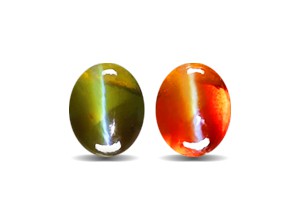 Alexandrite Cats Eye
Alexandrite Cats Eye 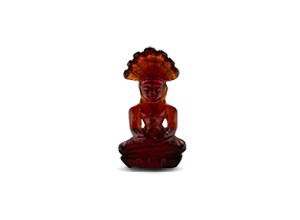 Carving Gem Stones
Carving Gem Stones 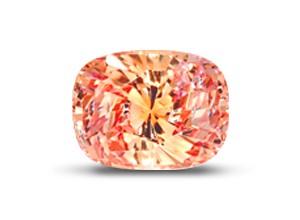 Padparadscha Sapphire
Padparadscha Sapphire 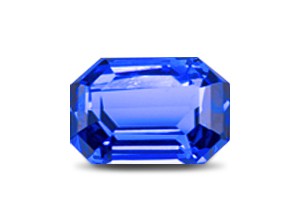 Tanzanite
Tanzanite 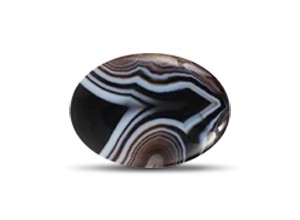 Agate
Agate  Amber
Amber  Amethyst
Amethyst 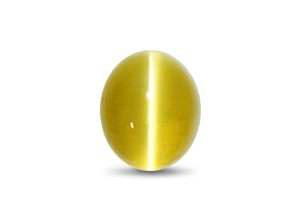 Apatite Cat's Eye
Apatite Cat's Eye 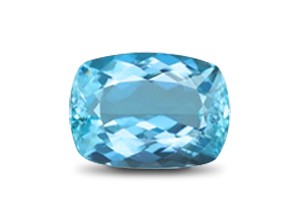 Aquamarine
Aquamarine 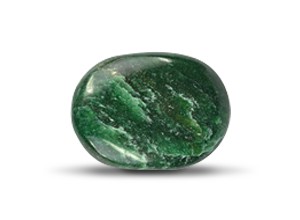 Aventurine
Aventurine 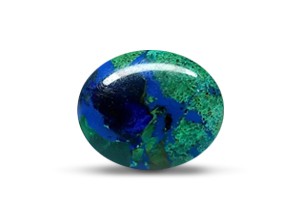 Azurite
Azurite  Black Tourmaline
Black Tourmaline 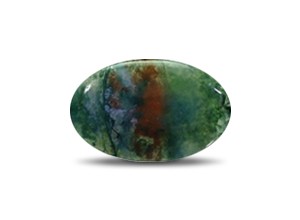 Bloodstone
Bloodstone  Blue Topaz
Blue Topaz 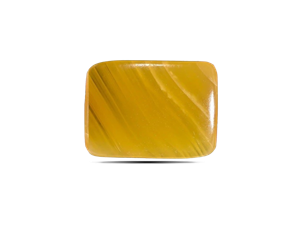 Calcite
Calcite  Carnelian
Carnelian 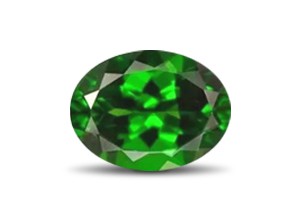 Green Sapphire
Green Sapphire 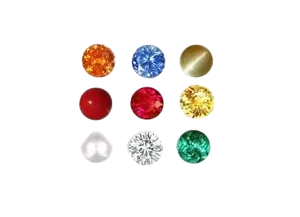 Navratna
Navratna  Pink Sapphire
Pink Sapphire 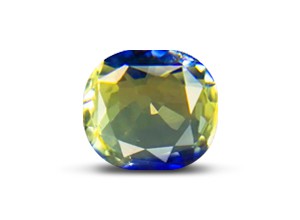 Pitambari Neelam
Pitambari Neelam 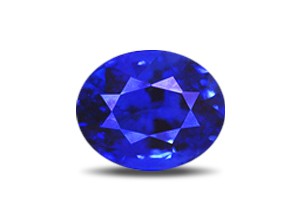 Sapphire
Sapphire  Star Ruby
Star Ruby  Star Sapphire
Star Sapphire  White Coral
White Coral 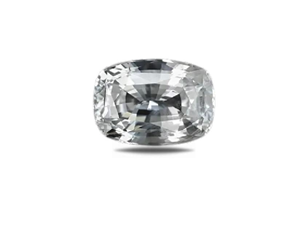 White Sapphire
White Sapphire  January Birthstone
January Birthstone 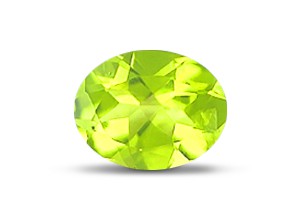 August Birthstone
August Birthstone 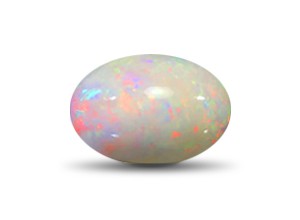 October Birthstone
October Birthstone 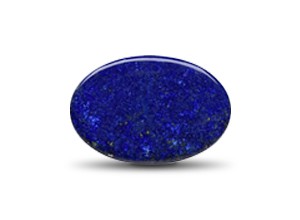 December Birthstone
December Birthstone  1 Mukhi Rudraksha
1 Mukhi Rudraksha  2 Mukhi Rudraksha
2 Mukhi Rudraksha  3 Mukhi Rudraksha
3 Mukhi Rudraksha  4 Mukhi Rudraksha
4 Mukhi Rudraksha  5 Mukhi Rudraksha
5 Mukhi Rudraksha  6 Mukhi Rudraksha
6 Mukhi Rudraksha  7 Mukhi Rudraksha
7 Mukhi Rudraksha  8 Mukhi Rudraksha
8 Mukhi Rudraksha  9 Mukhi Rudraksha
9 Mukhi Rudraksha  10 Mukhi Rudraksha
10 Mukhi Rudraksha  11 Mukhi Rudraksha
11 Mukhi Rudraksha  12 Mukhi Rudraksha
12 Mukhi Rudraksha 
